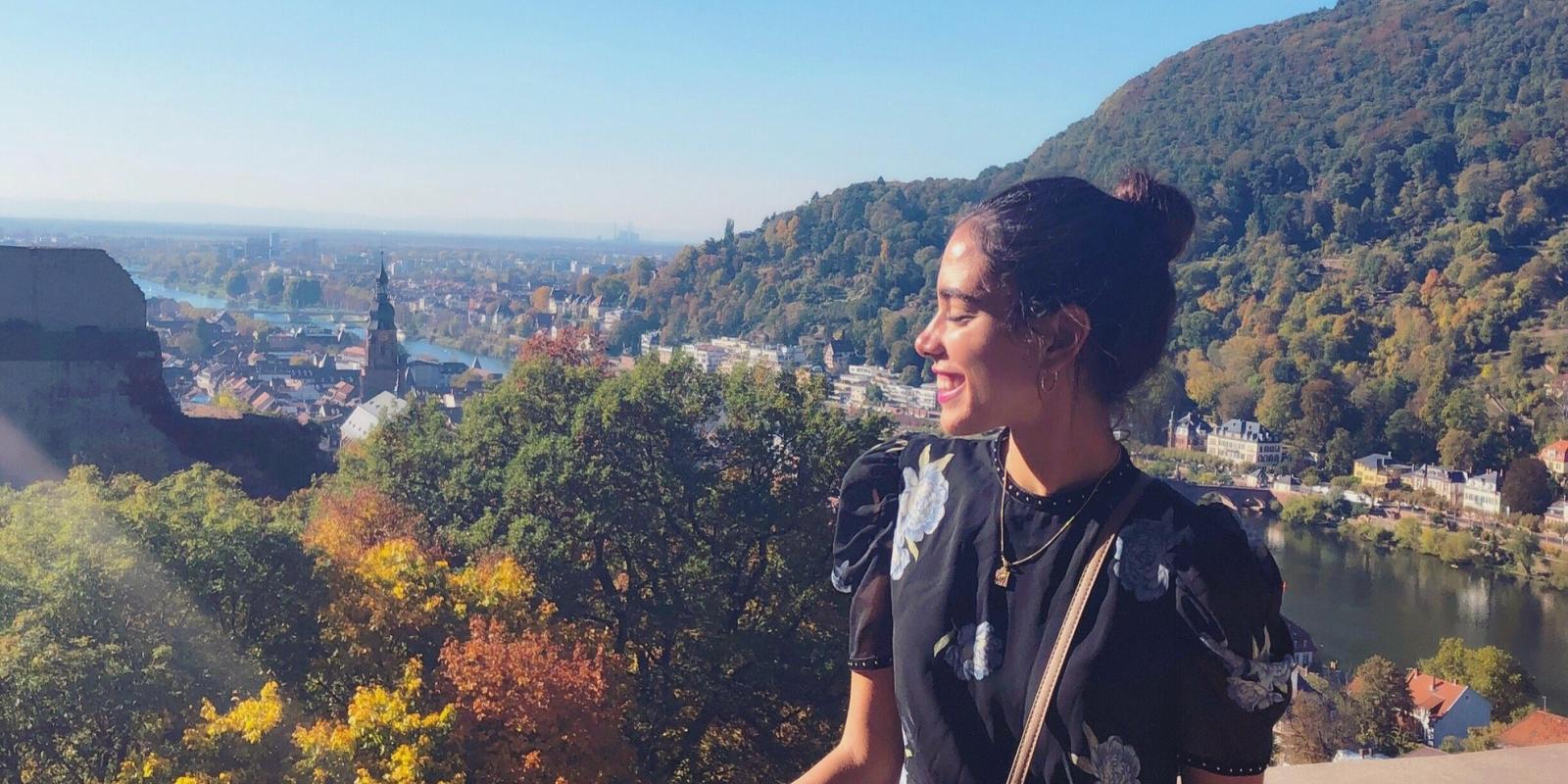A Digital Symphony
Hear from David Rafferty, associate professor of practice in music technology, about AUC's first laptop ensemble, where students explored the intersections between music and technology. Participating in this ensemble exposed students to the creative potential of laptops in music making, culminating in an innovative live performance.
Laptop Ensemble - The Spatial Experiment
Watch the ensemble's performance, shown in the Malak Gabr Theater on December 4th, 2023.
Why a Laptop Ensemble?
The laptop ensemble was motivated by the many explorations integrating computers with music. The idea of working on a laptop collective is not a new concept in music programs. These creative experiments had their origins in the early 2000s in institutes like Princeton and Stanford, where students and professors created laptop orchestras like the Princeton Laptop Orchestra and the Stanford Laptop Orchestra.
These days, it is generally expected that music students are somehow working with computers, programming in some environment and experimenting with the technologies at their fingertips. So establishing a laptop ensemble at AUC is intended to expose students to what most institutes already have implemented for years. Why laptops? Laptops and mobile devices are ubiquitous, and it is logical to get a deeper understanding of our relationship with these portable devices. These are powerful tools and have extreme potential for new areas of creative work.
Creating the Ensemble
The Laptop Ensemble was not a course, but an ensemble, designed to meet weekly and build several concepts to be performed at the end of the semester. In our weekly meetings, the students were introduced to various technologies that are commonly used in this field. The laptop ensemble this semester was an ‘onboarding’ into real-time signal processing in performance practice rather than a direct hands-on experience to the programming environment itself. This was due in part because the foundation to learn interactive programming environments would require a deeper dive – a full semester dedicated just to programming with a visual programming environment like Max – built in to Ableton Live – or any of their counterparts (i.e. PureData, Supercollider, Processing, OpenFrameworks, etc.). In our case the students were exposed to the various technical possibilities using Max. Throughout the semester, we examined several collective and individual projects to work on. It was more of a dialogue and experimental process where we discussed technicalities, hit some instruments, and then I would take the concept and program a project for the student to perform with Max. The hope was to motivate students to accept that the world is changing rapidly and these devices, programming environments, and software they always work with can open a world of unique creative opportunities – something I strongly encourage them to embrace in their own pursuits.
In this ensemble, the most interesting part of teaching and working on the projects was the challenging problems that students presented. During the experimental phase, we discussed ideas and established a framework for the performance by students interacting with the computer. Then using the Max programming environment, I would take these concepts and program the complex system. In each project, the problems were unique, whether it was managing wireless accelerometer data as a trigger for samples, finding the most accurate pitch detection function or managing the complexities of pitch-shifting, sampling and mapping them to an eight-channel audio system. These were challenging ideas that kept the work refreshing – frustrating and rewarding – which is always a healthy experience.
Final Thoughts
Working with computers in a creative space is finicky and working with programming environments and devices is not without challenges. During the dress rehearsal, we had a device behaving erratically for the first time –– something that never happened once during the prototyping phase. I think it may have come as a surprise to the students, but I reminded them throughout the semester that “there are always problems”. Troubleshooting during times of pressure is an essential skill in my field, and we discussed collectively and resolved the issue. In the end, we found a workable solution, not ideal, but kept a flow to our concert. Engagement in a process is a powerful learning experience from the beginning of the semester until the intense last moments to complete the task. For me, this is a key takeaway from working on a project of this nature, constantly being engaged in the “doing” and less on the chatter.






























